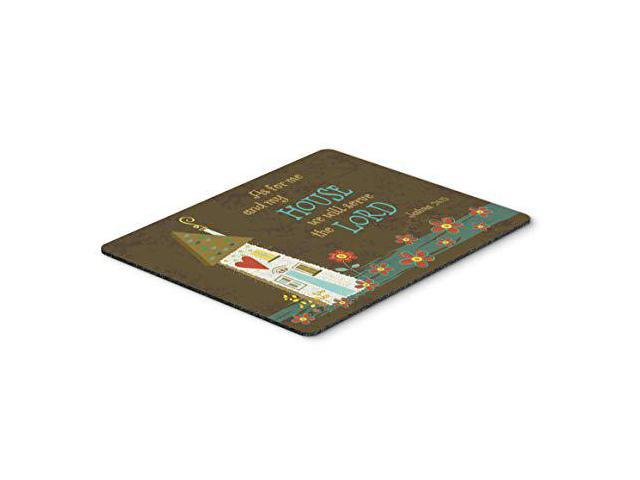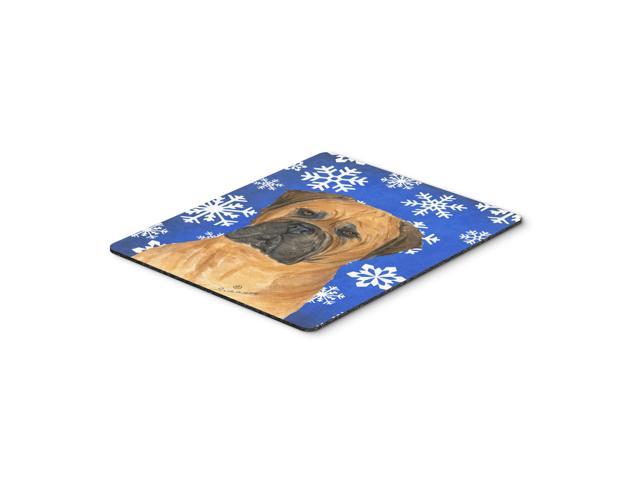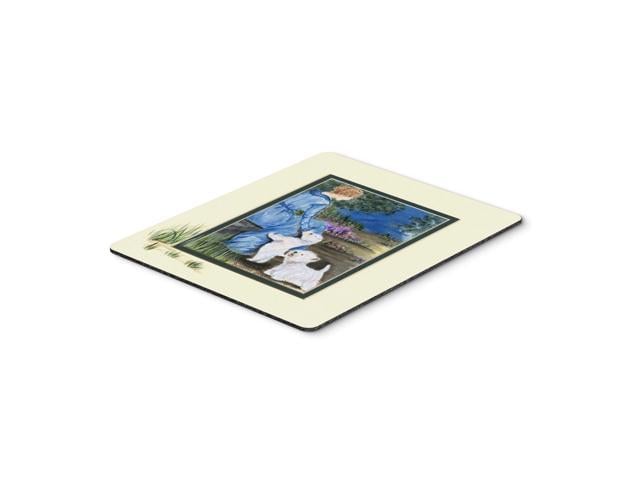Excerpt from The Seer, Vol. 2 of 2: Or Common-Places Refreshed
But cats resemble tigers? They are tigers in miniature? Well, - and very pretty miniatures they are. And what has the tiger himself done, that he has not a right to his dinner, as well as Jones? A tiger treats a man much as a cat does a mouse granted; but we have no reason to suppose that he is aware of the man’s sufferings, or means any thing but to satisfy his hunger; and what have the butcher and poulterer been about, meanwhile? The tiger, it is true, lays about him a little superfluously sometimes, when he gets into a sheepfold, and kills more than he eats; but does not the squire or the marquis do pretty much like him in the month of September? Nay, do we not hear of venerable judges, that would not hurt a fly, going about in that refreshing month, seeking whom they may lame? See the efi’e t of habit and education And you can educate the tiger in no other way than by attending to his stomach. Fill that, and he will want no men to eat, probably not even to lame. On the other hand, deprive jones of his dinner for a day or two, and see what a state he will be in, especially if he is by nature irascible. Nay, keep him from it for an half an hour, and Observe the tiger propensities of his stomach and fingers, - how worthy of killing he thinks the cook, and what boxes of the ear he feels inclined to give the footboy.
About the Publisher
Forgotten Books publishes hundreds of thousands of rare and classic books. Find more at www.forgottenbooks.com
This book is a reproduction of an important historical work. Forgotten Books uses state-of-the-art technology to digitally reconstruct the work, preserving the original format whilst repairing imperfections present in the aged copy. In rare cases, an imperfection in the original, such as a blemish or missing page, may be replicated in our edition. We do, however, repair the vast majority of imperfections successfully; any imperfections that remain are intentionally left to preserve the state of such historical works.















